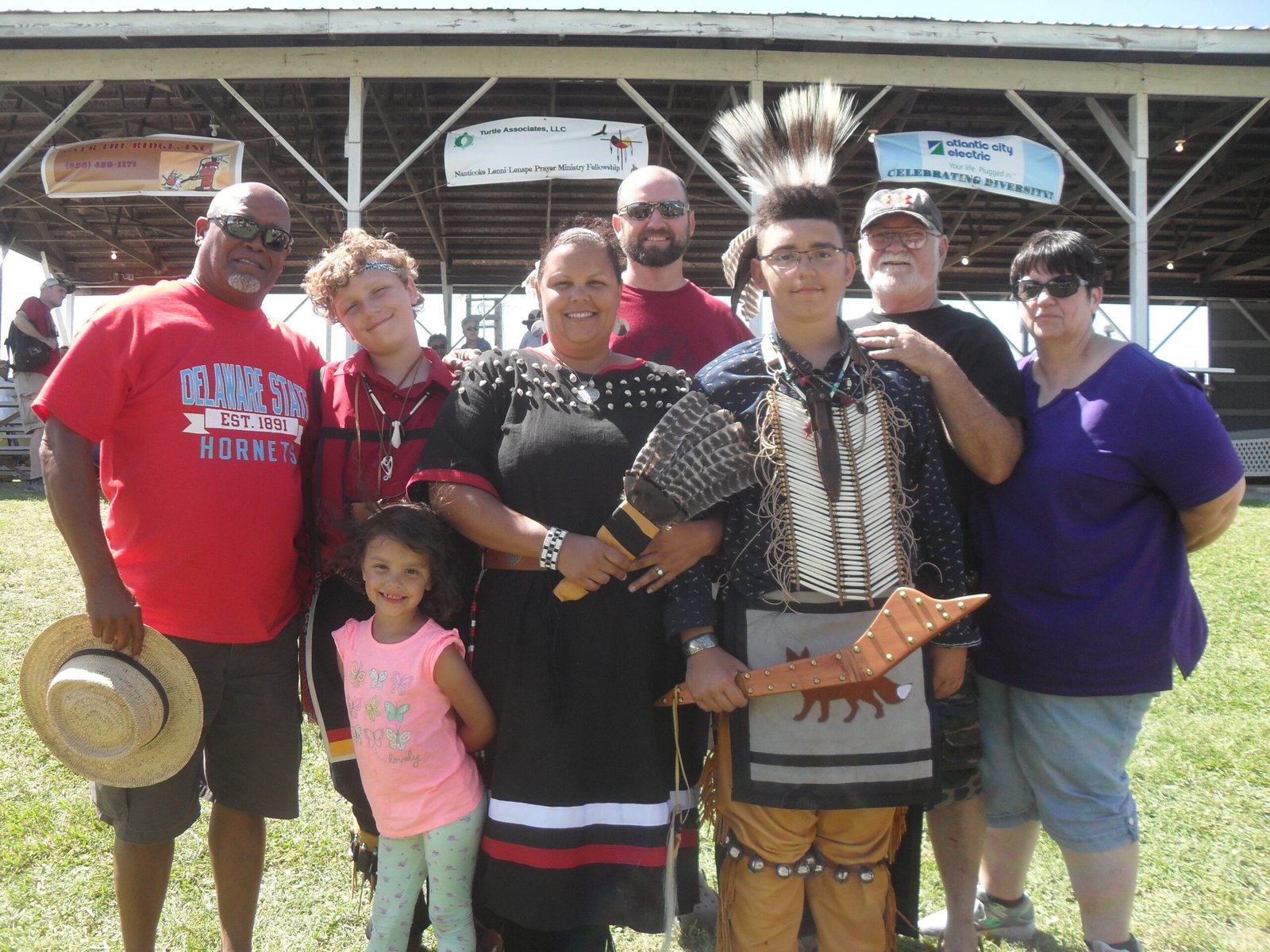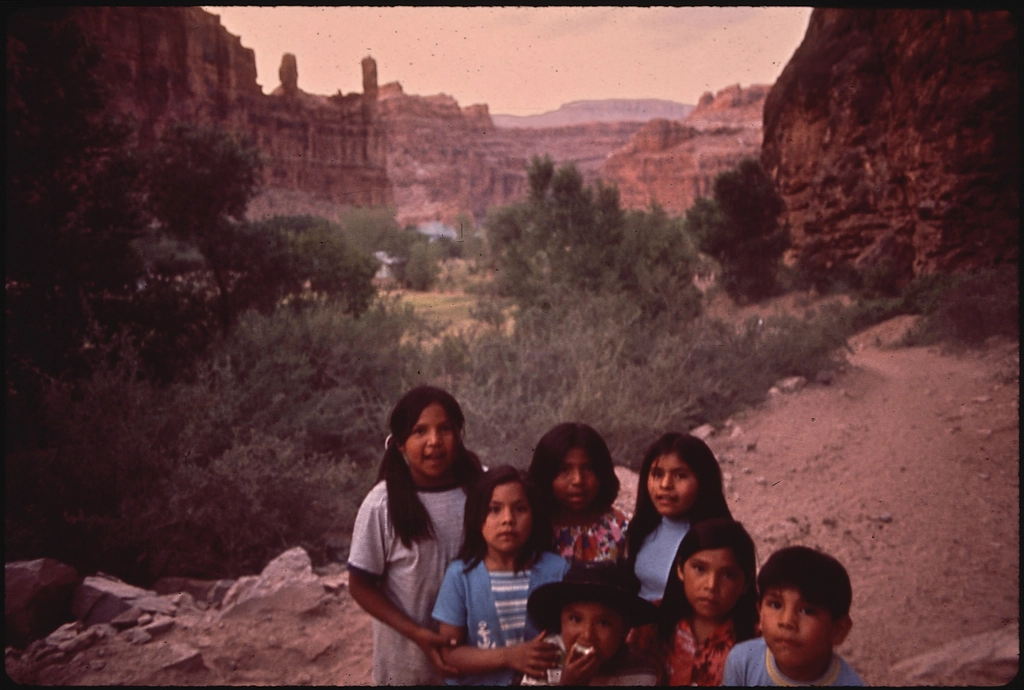Tucked away in the misty hills and dense forests of northern New Jersey lies a story few have heard—a tale of resilience, mystery, and deep-rooted connection to the land. The Ramapough Lenape Nation, an Indigenous people whose lineage stretches back centuries, has weathered storms of erasure, marginalization, and environmental threat. Their presence is as enduring as the granite ridges of the Ramapo Mountains they call home, yet their story remains largely hidden from public view. What is it about this community that has allowed them to persist against all odds? How have they maintained their traditions amid the shadows of history and the bustle of modern life? Their journey is a testament to survival, identity, and the unbreakable bond between people and nature.
A People Shrouded in Mystery and Misunderstanding

The Ramapough Lenape Nation has often been misunderstood, their roots obscured by centuries of changing borders, shifting populations, and racial prejudice. Many locals used to refer to them by derogatory names, not realizing the depth of their Indigenous heritage. Some even doubted their existence, calling them “mythical” or “mixed,” rather than recognizing their distinct Lenape ancestry. This skepticism has been a double-edged sword: while it sometimes spared them the worst of direct attacks, it also made them invisible in the eyes of law and policy. Despite this, the Ramapough have steadfastly maintained their identity, holding fast to oral histories, family lines, and traditions that tie them to the land. Their story is not one of disappearance, but of quiet endurance against a tide of misunderstanding.
Deep Roots in the Ramapo Mountains

The Ramapo Mountains, with their rugged terrain and hidden valleys, have long been a sanctuary for the Ramapough Lenape. Here, deep within the forests, families cultivated a way of life closely tied to the rhythms of nature. Streams teeming with fish, forests rich in game, and medicinal plants provided for their needs. To walk these trails is to step into a living museum—rock shelters, sacred sites, and ancient trails whisper stories of ancestors who walked these lands long before European settlers arrived. This land is more than just geography; it is a living relative, a source of spiritual strength, and a keeper of memory for the Ramapough Lenape.
The Legacy of Lenape Ancestors
The Ramapough trace their roots to the Lenape, or Delaware, people who once inhabited vast stretches of the northeastern United States. Archaeological evidence and oral traditions reveal a people skilled in hunting, fishing, and agriculture, with complex social structures and rich spiritual beliefs. The Lenape were known as “grandfathers” by neighboring tribes, respected for their wisdom and diplomacy. Their descendants, the Ramapough, carry forward this legacy, honoring the cycles of nature and the wisdom passed down through generations. Ceremonies, language revival efforts, and traditional crafts keep these ancient connections alive, even as modern pressures mount.
Encounters with Colonization

The arrival of European settlers in the 1600s brought profound changes and hardships for the Lenape people. Land was taken through treaties often written in languages they could not read, and diseases decimated populations. Many Lenape were forced to move west, but some, like the ancestors of the Ramapough, sought refuge in the mountains and forests of northern New Jersey and southern New York. Here, they blended their traditions with new realities, finding ways to survive without losing their core identity. The scars of colonization remain, but so too does the spirit of adaptation and resilience.
Modern Challenges: Identity and Recognition
Today, the Ramapough Lenape Nation faces complex challenges regarding identity and official recognition. While the state of New Jersey acknowledges the tribe, federal recognition has remained elusive, limiting access to certain resources and protections. This lack of recognition stems from historical misunderstandings, changing definitions of “Indianness,” and bureaucratic hurdles. For the Ramapough, however, identity is not just a legal status—it is a lived reality shaped by family, tradition, and community ties. Public ceremonies, powwows, and educational initiatives serve as affirmations of their enduring presence, even as they continue to fight for full acknowledgment.
A Spiritual Connection to Land and Water

For the Ramapough Lenape, the land is sacred. The mountains, rivers, and forests are not just resources—they are spiritual relatives, woven into ceremonies and daily life. Water, especially, carries deep meaning; it is seen as the lifeblood of the Earth, deserving of respect and protection. Traditional stories teach that every stream and stone holds a spirit, a lesson in stewardship that guides the community’s environmental activism today. Whether tending to ancestral burial sites or leading water protection campaigns, the Ramapough’s connection to nature is both ancient and urgent.
Environmental Battles and Superfund Sites

Perhaps one of the most shocking chapters in the Ramapough Lenape story is their struggle against environmental contamination. In the late 20th century, companies dumped toxic waste in the very lands and water sources the Ramapough depend on. The infamous Ford Superfund site in Ringwood, New Jersey, left a legacy of cancer, birth defects, and polluted streams. The Ramapough have become reluctant warriors in the fight for environmental justice, demanding cleanup and accountability. Their story has inspired documentaries and legal action, shining a light on the often-overlooked intersection of Indigenous rights and environmental health.
Reviving Language and Culture
Language is the heartbeat of a culture, and for the Ramapough Lenape, efforts to revive their ancestral tongue are acts of both memory and hope. Language classes, storytelling sessions, and cultural camps bring together elders and youth, bridging generations through shared words. Traditional crafts—beadwork, basket weaving, and drumming—are taught alongside lessons in Lenape history and cosmology. These revivals are not just about preserving the past, but about forging a vibrant future where Ramapough children can proudly speak their language and celebrate their identity.
Community and Kinship in the Modern World
Despite centuries of hardship, the Ramapough Lenape Nation remains a tightly knit community. Kinship ties stretch across valleys and towns, reinforced by gatherings, ceremonies, and mutual support. Modern Ramapough families balance traditional values with contemporary life, facing the same economic and social challenges as other Americans, but with the added weight of historical trauma. Yet, in moments of celebration—such as annual powwows, dances, or shared meals—a profound sense of belonging and pride shines through. These gatherings are living proof that Indigenous identity is not relic or nostalgia, but a force that shapes lives today.
Science, Nature, and Traditional Knowledge
The Ramapough Lenape have long practiced a science rooted in observation, respect, and adaptation to the natural world. Their ethnobotanical knowledge—how to use plants for food, medicine, and ceremony—reflects a deep relationship with local ecosystems. Modern scientists are increasingly recognizing the value of such traditional ecological knowledge, especially in times of climate change and biodiversity loss. For example, Ramapough teachings about controlled burns, sustainable hunting, and water management offer insights that can complement contemporary conservation strategies. The blending of Indigenous wisdom with modern science creates new possibilities for healing both land and community.
Looking Forward: Hopes and Challenges

As they look to the future, the Ramapough Lenape Nation faces both daunting obstacles and inspiring opportunities. Gentrification, pollution, and political neglect threaten their lands and way of life. Yet, there is also a growing movement of support—from environmental allies, academics, and other Indigenous nations—who recognize the importance of their struggle. The Ramapough’s resilience is a beacon, reminding us that survival is not just about endurance, but about thriving in harmony with the earth and one another. Their journey challenges us to rethink our relationship with land, history, and the communities too often left at the margins.



